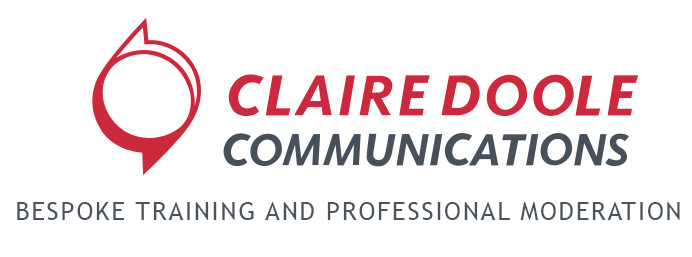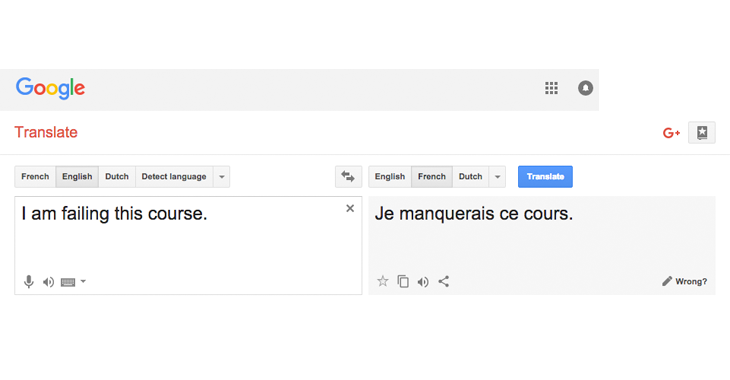I begin my writing workshops for non-native English speakers by expressing my respect and admiration for their efforts. I can speak and read in French fluently, but my attempts to write in it begin with Google Translate.
I follow the simple steps, and enter my English phrase in the box on the left. When the French translation pops up, I can tell it is not quite correct. I try to modify it, but I know I am making it worse. When I am really struggling, I retranslate the French sentence back to English. The result quite often is far from what I originally wrote.
So what is wrong? Google Translate lacks context. The automatic process cannot know if my sentence is part of an email for a family member or a job application. The nuances of word use or grammar for different types of written communication are difficult to standardize. In French, it is even more complex as you have a personal manner of communicating and a more formal one. There is the option that provides other suggested translations, but I am convinced this only complicates matters rather than helps.
In the end, I call for human help. My French friends’ laugh at the errors in my Google translated document and transforms it into something more serious.
I am not telling anyone to stop using Google Translate. I would be lost without it. Machine-generated translations, like Google Translate, are the result of the collaboration of thousands (in Google’s case millions) of people translating millions of words in over 90 languages.
I think though these translations lack the finesse to understand the context of your written material and to make judgments on which word, style or punctuation would be appropriate. So you need to be cautious when using automatic translation tools. They still lack the capacity to understand the person or audience you are writing to or for, and the most appropriate way to do it. It does give you a good start.

